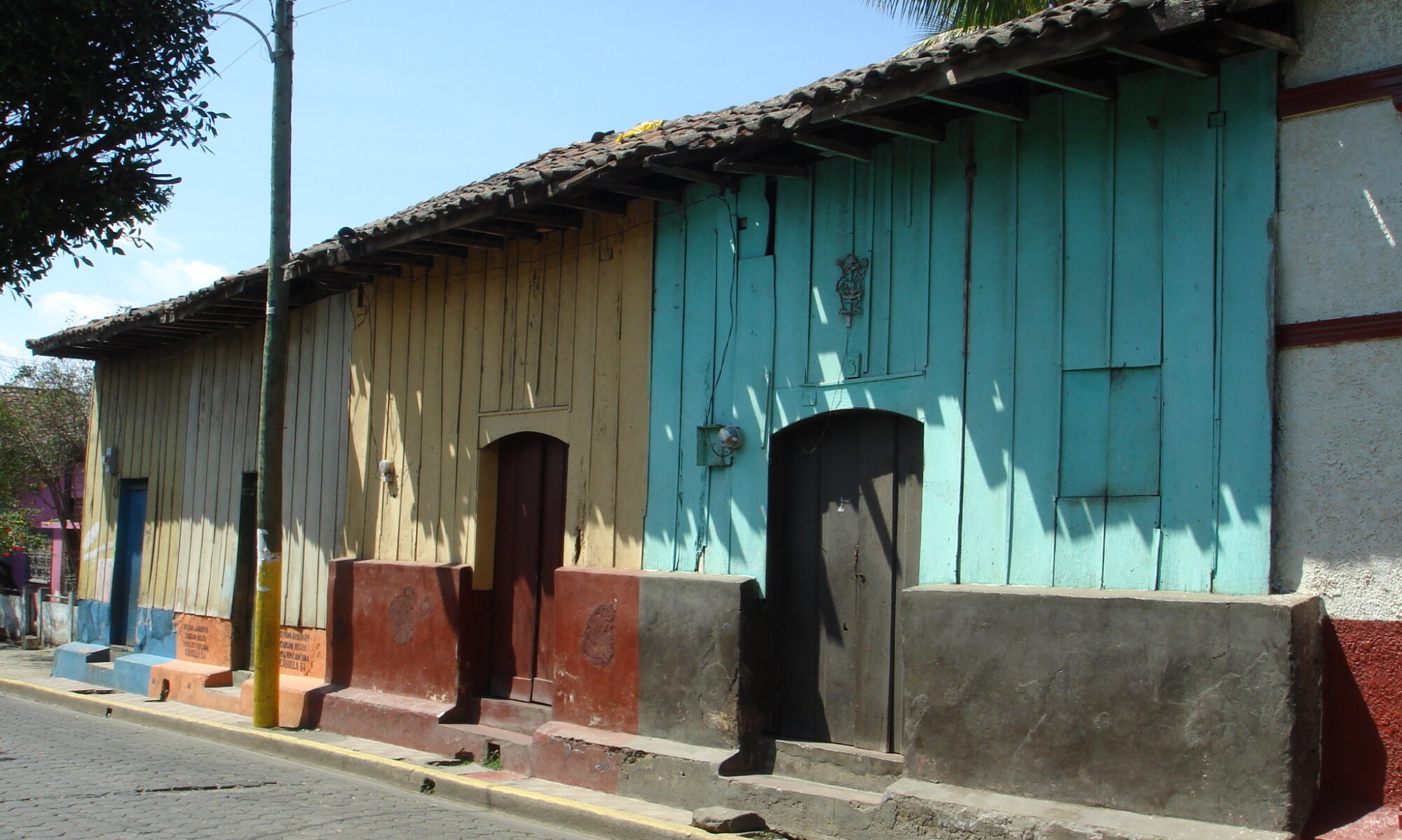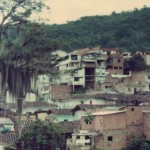by Amir Ali Khan, Khalid Moin
This is a traditional construction practice prevalent both in the urban and rural areas of northern India, particularly in the western part of the Uttar Pardesh state. According to the 1991 Indian census, this construction constitutes about 17% of the total national housing stock and about 31% of the U.P. housing stock. Typically, this is a single-story construction. The main load-bearing elements are unreinforced brick masonry walls in mud mortar built without any seismic provisions. The roof structure consists of timber beams supported by the walls. Clay tiles or bricks are laid atop the beams; finally, mud overlay is placed on top of the tiles for the thermal protection and to prevent leakage. The main seismic deficiencies are heavy roofs and low-strength masonry walls, which render the building rather vulnerable to seismic effects.
Report # 12 : Clay brick/concrete block masonry walls with concrete floors (predating seismic codes or with a few seismic features)
by Luis G. Mejia
Typical multi-family housing construction found in urban areas of Colombia. It is a modern construction practice and represents approximately 50% of the housing stock for medium-rise (4- to 6-story high) buildings constructed in the last 25 years. This type of construction generally predates seismic codes; however, some buildings of this type were constructed after the first edition of the Colombian Seismic Code was issued in 1984. This type of construction can be found either on flat or on sloped terrain; vertical stiffness irregularity in the sloped terrain conditions may introduce additional unfavorable effects. Due to poor construction practices and poor detailing of the reinforcement, this construction is considered to be very vulnerable to earthquake effects.
Report # 10 : Non-engineered Unreinforced Brick Masonry Building
by Luis G. Mejia
This type of housing is typically constructed in urban and rural areas in the interior of Colombia. This type of construction is especially widespread in the following provinces of the Andean region of Colombia: Antioquia, Caldas, Risaralda, Quindio, Tolima and Valle, where it constitutes approximately 60% of the housing stock. It is used exclusively as residential housing. This construction is very vulnerable to earthquake effects due to its brittle behavior. It has demonstrated poor seismic performance in several Colombian earthquakes.




